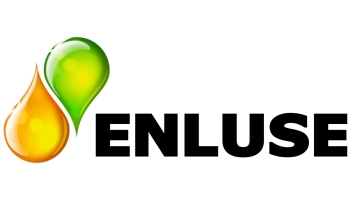What is cross-contamination
Cross-contamination of industrial oils can occur when different types of oils or lubricants mix together, leading to reduced performance or even equipment failure.
Some common causes of cross-contamination and how to avoid them:
Using the wrong container: Using the wrong container to store or transport oils can lead to cross-contamination. For example, using a container that previously contained a different type of oil can result in residual oil mixing with the new oil. To avoid this, always use clean, dedicated containers for each type of oil.
Improper labeling: Inadequate or incorrect labeling of containers can also lead to cross-contamination. Make sure containers are properly labeled with the correct product name, grade, and usage instructions to prevent accidental mixing of different oils.
Shared equipment: Shared equipment such as pumps, funnels, or hoses can lead to cross-contamination if not properly cleaned and maintained between uses. Always use dedicated equipment for each type of oil or lubricant to prevent mixing.
Neglecting oil changes: Neglecting to change oil at the appropriate intervals can lead to oil breakdown and contamination, reducing performance and potentially causing equipment failure. Follow recommended oil change intervals and use the proper type of oil for each application.
Poor storage practices: Poor storage practices, such as storing oils in an area with high humidity or extreme temperatures, can also lead to contamination. Store oils in a clean, dry, and temperature-controlled environment to prevent degradation and contamination.
Failure to follow proper handling procedures: Failure to follow proper handling procedures, such as avoiding contact with skin or using protective gear, can lead to contamination. Follow proper handling procedures for each type of oil or lubricant to prevent contamination and protect workers.
Preventing cross-contamination of industrial oils requires proper labeling, storage, handling, and maintenance practices. By following best practices and using dedicated equipment and containers for each type of oil or lubricant, the risk of cross-contamination can be minimized, improving equipment performance and reducing downtime.
